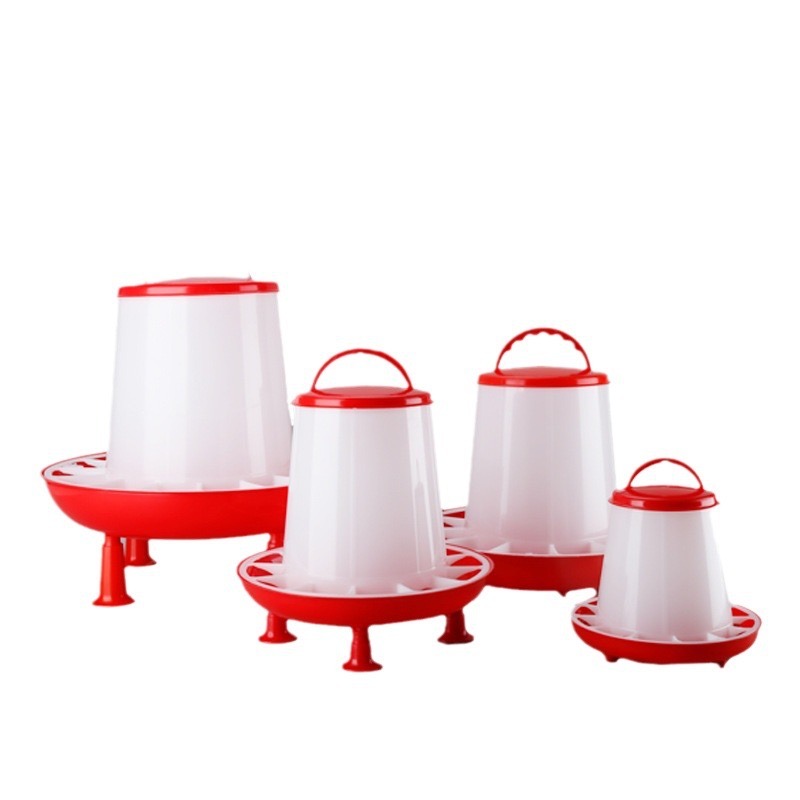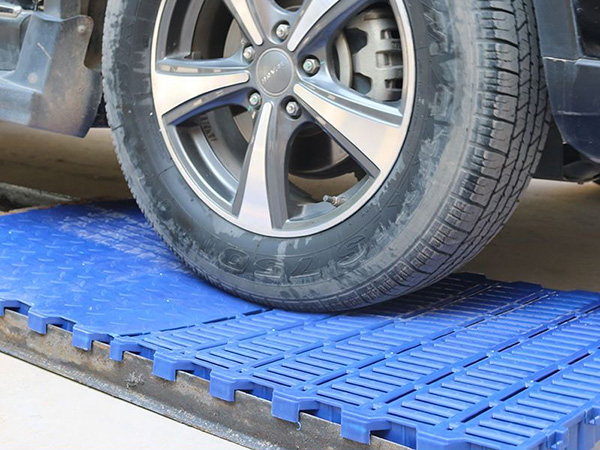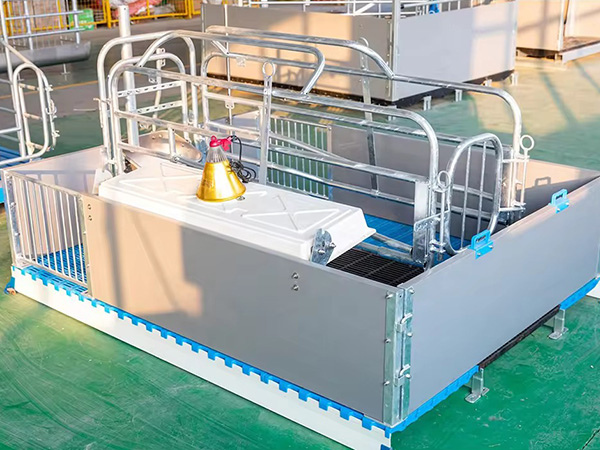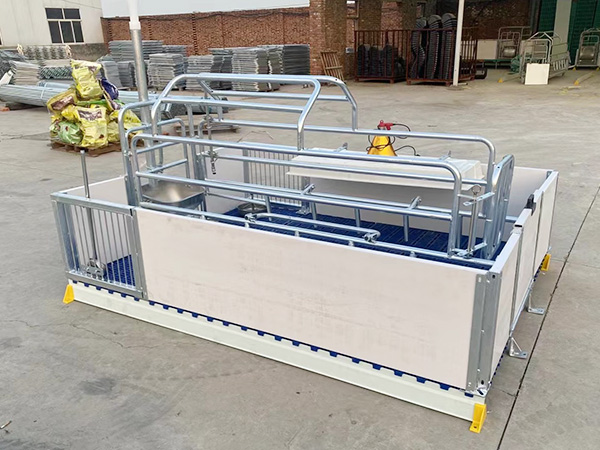
Poultry Feed Bucket
Description: The poultry feed bucket is a specialized container used for storing and distributing feed in poultry farming. It is widely applied in the large-scale farming of poultry such as chickens, ducks, and geese....
Mobile:+86 13333273275
Email:270983972@qq.com
Product Description:
The poultry feed bucket is a specialized container used for storing and distributing feed in poultry farming. It is widely applied in the large-scale farming of poultry such as chickens, ducks, and geese. Its design emphasizes practicality, capacity adaptability, hygiene, and operational convenience, which can significantly improve the farming efficiency and reduce the labor cost. The following is a detailed introduction from aspects such as product types, functional features, material selection, and applicable scenarios.
I. Product Types and Functional Features
Ordinary Feed Bucket
Basic Design: It adopts a cylindrical or square structure. The top is open for filling feed, and the bottom is equipped with a discharge port or a manual switch, which is convenient for controlling the amount of feed dispensed.
Applicable Scenarios: It is suitable for medium and small-scale farms, and requires manual and regular addition of feed.
Automatic Feed Discharging Bucket
Core Function: It is equipped with a built-in gravity sensing or mechanical feed discharging device. When poultry peck at the feed, the feed automatically flows out, enabling continuous feed supply for 24 hours.
Advantages: It reduces the frequency of manual feeding, avoids feed waste, and reduces the stress response of poultry caused by competing for food.
II. Material Selection and Practicality
Plastic Material
Mainstream Choice: It is made of high-density polyethylene (HDPE) or polypropylene (PP) materials, which have the characteristics of impact resistance, corrosion resistance (subject to the actual report), and easy cleaning.
Design Details: The barrel body is thickened, and the edges are smooth without burrs to prevent poultry from being injured. The barrel cover has a strong sealing performance, which is moisture-proof (subject to the actual report) and insect-proof (subject to the actual report).
Metal Material
Advantages: Made of stainless steel or galvanized steel plate materials, it has high practicality and is suitable for outdoor or harsh environments.
Precautions: Regularly check the anti-rust coating to avoid corrosion affecting the service life.
III. Capacity and Specifications
Capacity Range: It ranges from 5 liters to 500 liters. Common specifications include 20 liters, 50 liters, 100 liters, 200 liters, etc.
Basis for Selection: It is determined according to the farming scale, the type of poultry, and the daily feed requirements. For example, a 20-liter bucket is suitable for 50-100 adult chickens, and a 200-liter bucket can meet the daily feed requirements of 500-1000 poultry.
IV. Applicable Scenarios and Advantages
Large-scale Farms
Automated Feeding: Automatic feed discharging or intelligent feed buckets can greatly reduce labor costs and improve the utilization rate of feed.
Data-driven Management: Intelligent devices can record the feed intake data to assist farmers in optimizing the feeding plan.
Family Farms or Scattered Farmers
Economical and Practical: Ordinary feed buckets are affordable in price and easy to install, meeting the basic farming needs.
Flexible Configuration: The number of feed buckets can be increased or decreased according to the farming scale to adapt to the farming needs at different stages.
V. Usage Suggestions
Precautions for Use
Regular Cleaning: Clean the feed bucket at least once a week to prevent the feed from getting moldy or breeding substances.
Moisture-proof (subject to the actual report) and Sun-resistant: Plastic buckets should avoid being exposed to the sun for a long time, and metal buckets should be prevented from water accumulation and corrosion.
Safety Inspection: Regularly check components such as the discharge port and the sealing ring to confirm that there is no damage or blockage.










